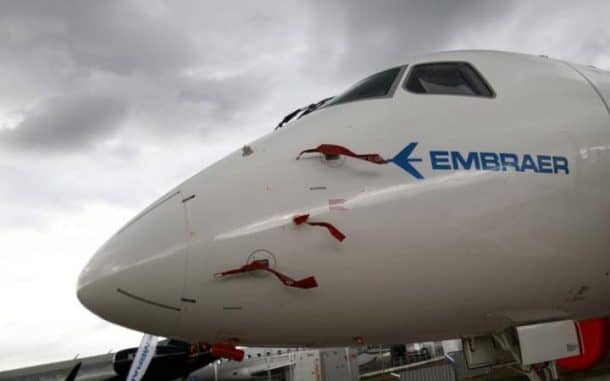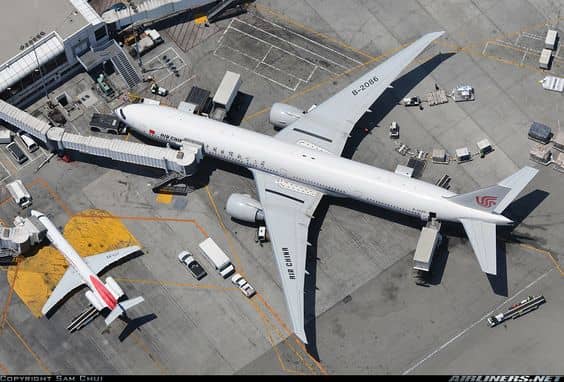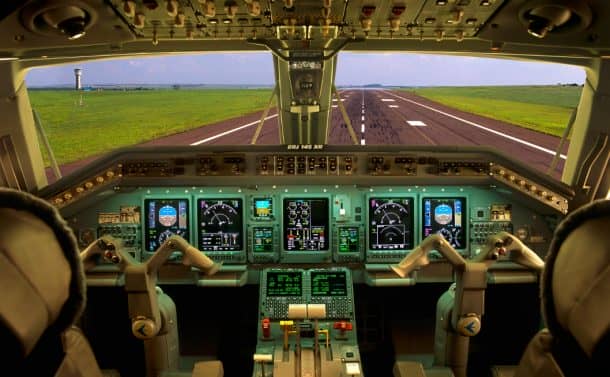The aviation industry faces overwhelming challenges including the problems like noise and fuel efficiency. The industry bigwigs are in search of technological solutions to these problems whereby the flights would become cheaper, longer, quieter, and fuel efficient.
Boeing will test the prototype version of the Embraer E170. The plane is a part of the ecoDemonstrator programme that seeks to reduce the environmental footprint of air travel.

14 to 20 trial flights will test the five new technological innovations that could enhance the flight efficiency. John Tracy, the CTO of Boeing, is emphatic about change with commitment:
“As leaders in the sector, Boeing and Embraer have the unique opportunity to invest in tests and in technologies that stimulate the development of aviation. Many airlines around the world use biofuels fuels on regularly scheduled commercial flights. The age of biofuels is already with us. Our job is to make sure that we give them the best products that can create the most value for them and allow them to have the most efficient operations in the world.”

The prototype will use the Brazilian biofuel, ninety percent of which is Kerosene oil while the remaining ten percent if the bio-Kerosene oil. Given that the fuel is the biggest expense in the aviation industry, active search for sustainable solutions like the bio-fuel for flights need to be sought.
Boeing and Embraer envision a future where all flights will run on 100 percent biofuel. Dr. Tracy said that they are continuously searching for new types of biofuels to come up with a universal solution:
“Our work is to make sure there are many options because here in Brazil, sugar cane might be a very good choice but in other places around the world, there might be no sugar cane but maybe there’s some local crop that’s sustainable that doesn’t negatively impact the food or water supply. The biofuels that we’re developing are what we call ‘drop-in fuels’, and they can be used in existing engines, in existing airplanes. We believe that one per cent of aviation fuel can be replaced by biofuel and we’re talking about 10 conversion technologies. As the production volumes go up, we are very confident that the price will be in the right range to allow the airlines to have economically viable, environmentally-friendly solutions.”

Another new feature in Embraer E170 is the ice-phobic paint to protect the aircraft from icing and bug residue, implying that the companies could cut back on water use as the need to wash the aeroplane reduces. Doug Christensen, the coordinator of the eco-Demonstrator for Boeing, enthusiastically explained the tech:
“It’s very interesting. It has to be durable to be able to fly and stay on at 500 miles an hour. It resists the water droplets and ice particles from forming on the surface and they’re just shed.”
The new slat designs on the wings of the plane will reduce the noise emitted as the plane lands or takes off. If the noise is less, the airports might be willing to allow the aircraft to land at better hours.

The plane will also test autonomous devices to keep a tab on the airflow characteristics. Another new feature is the Lidar technology that detects turbulence using lasers.
In 2012, Boeing and Embraer started working in collaboration to find innovative solutions to the problems plaguing the aviation industry.
What do you think the green aeroplane of the future will look like? Let us know in comments!


